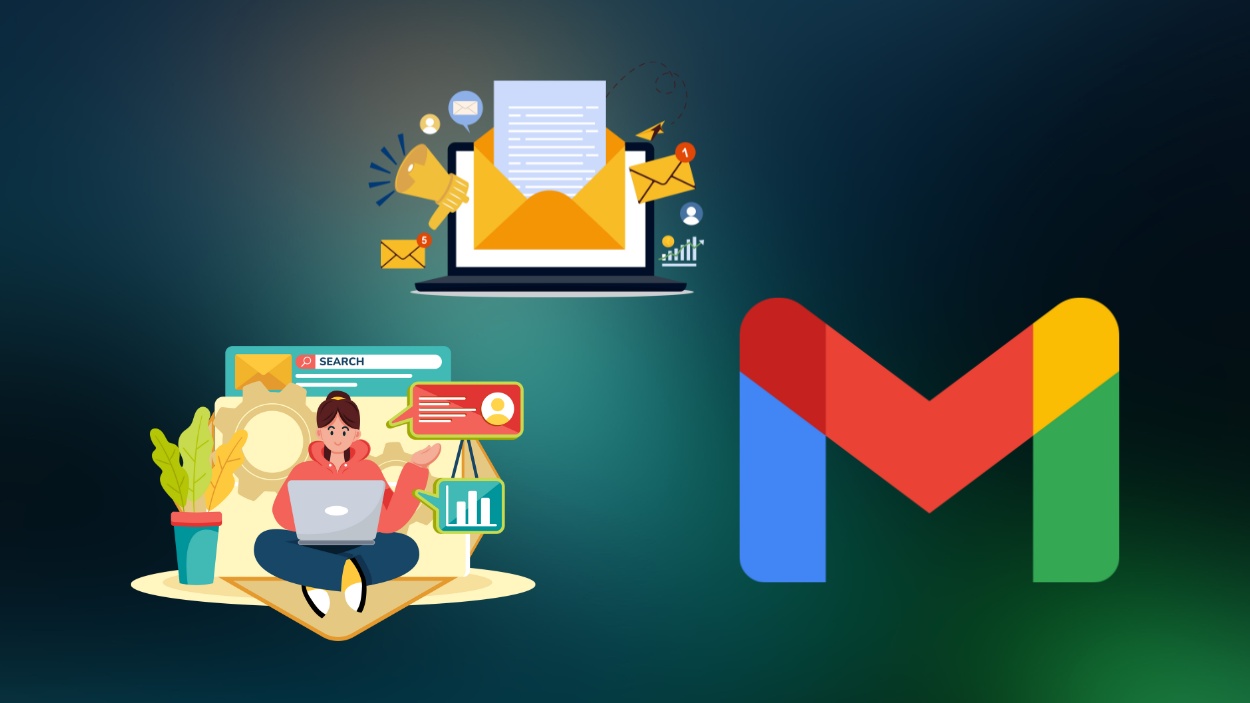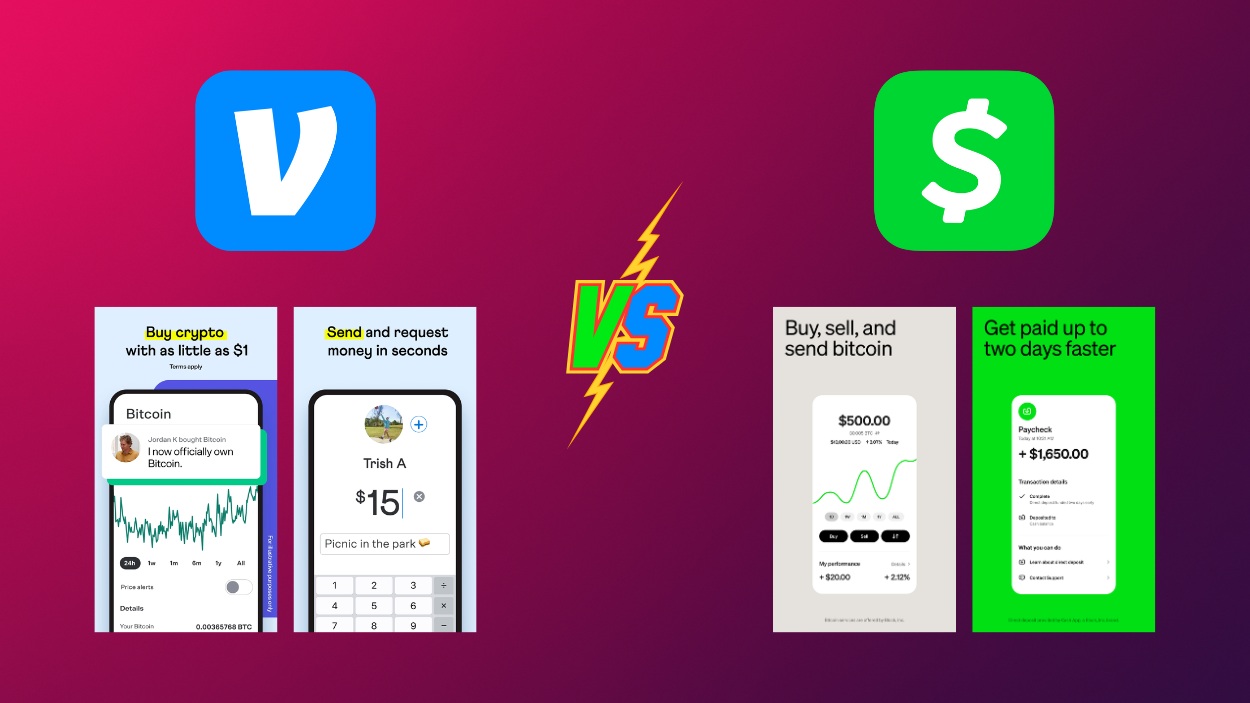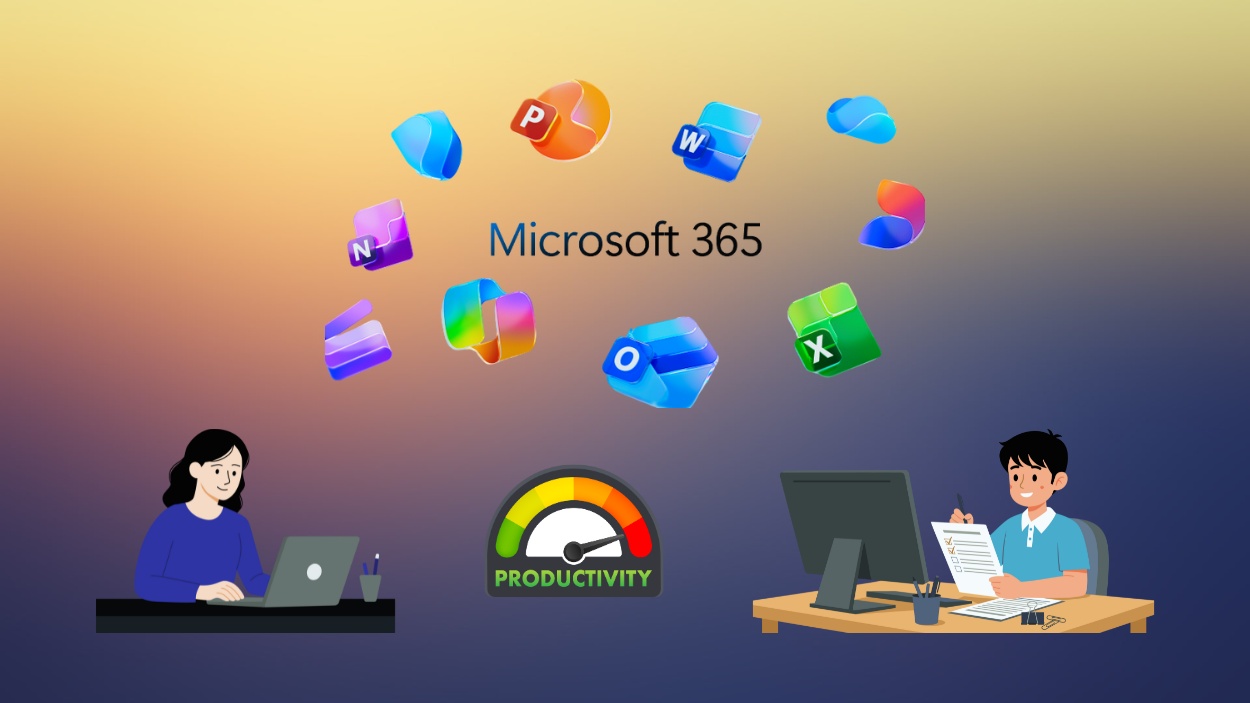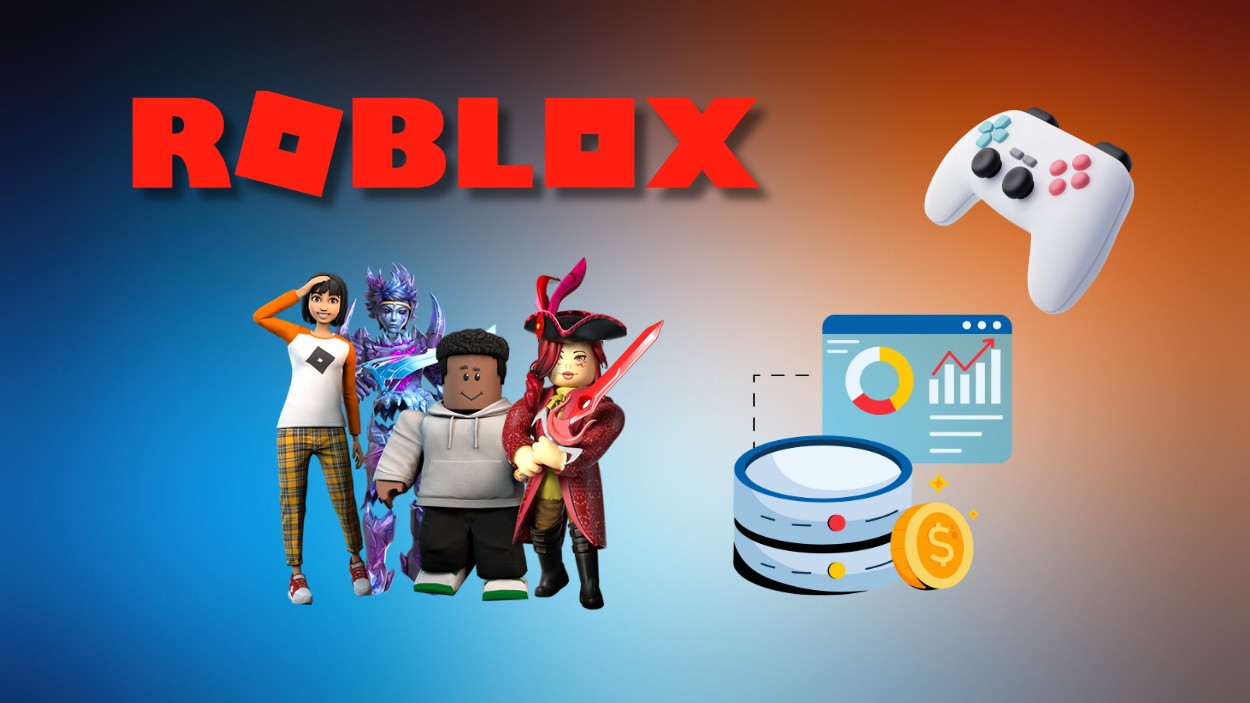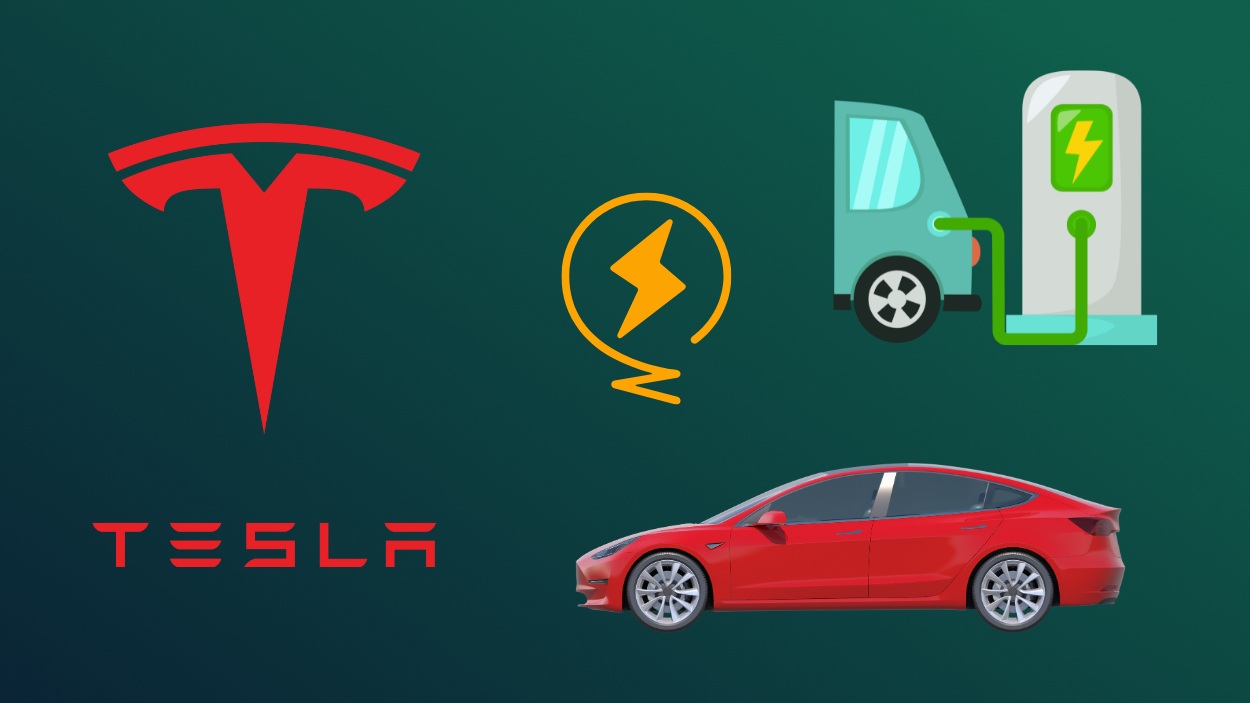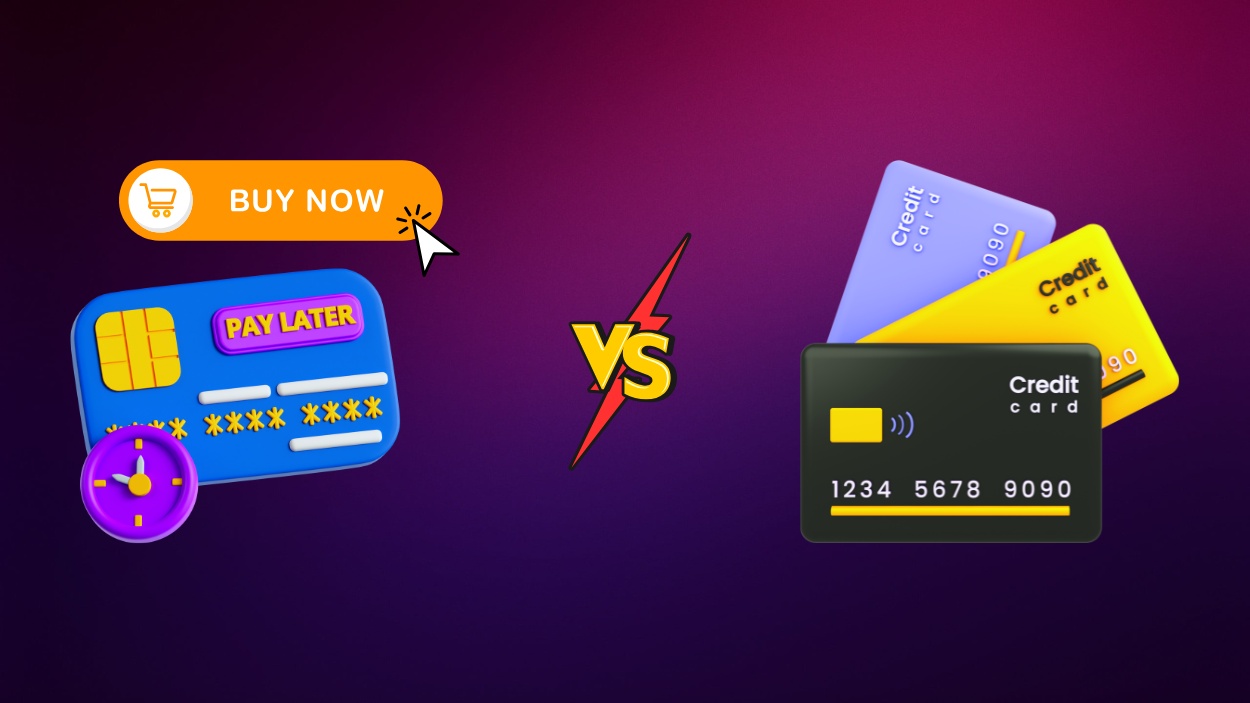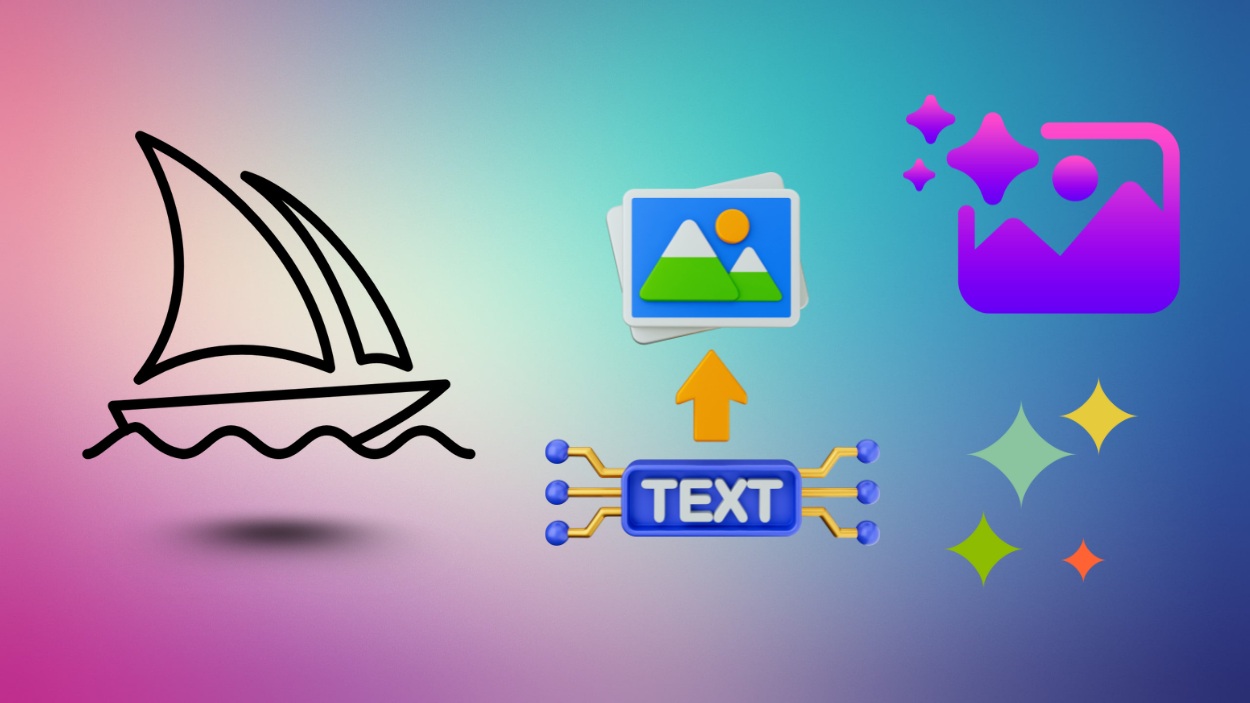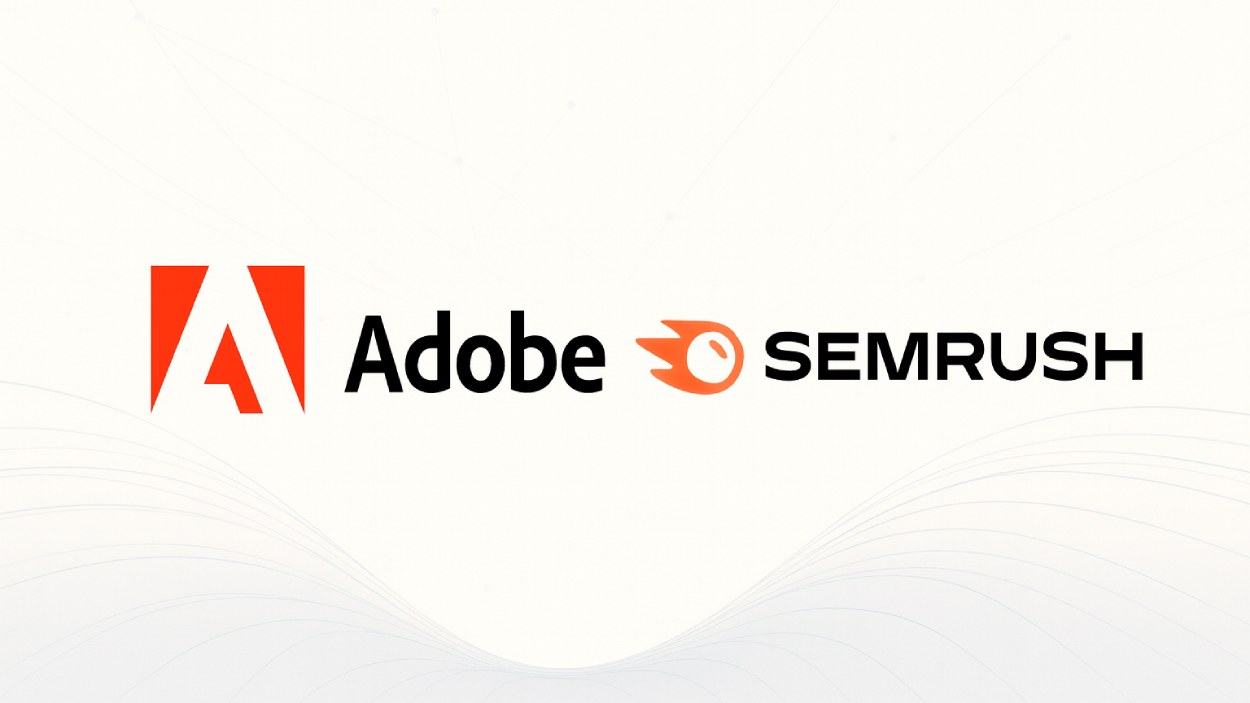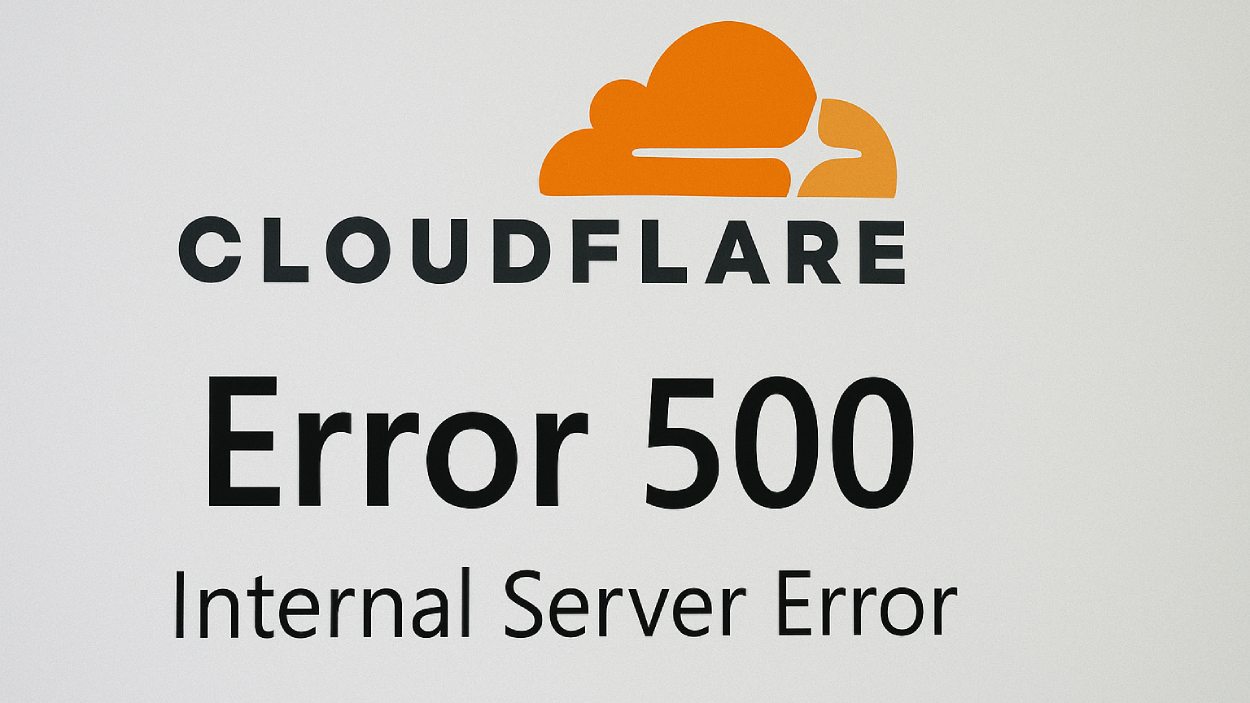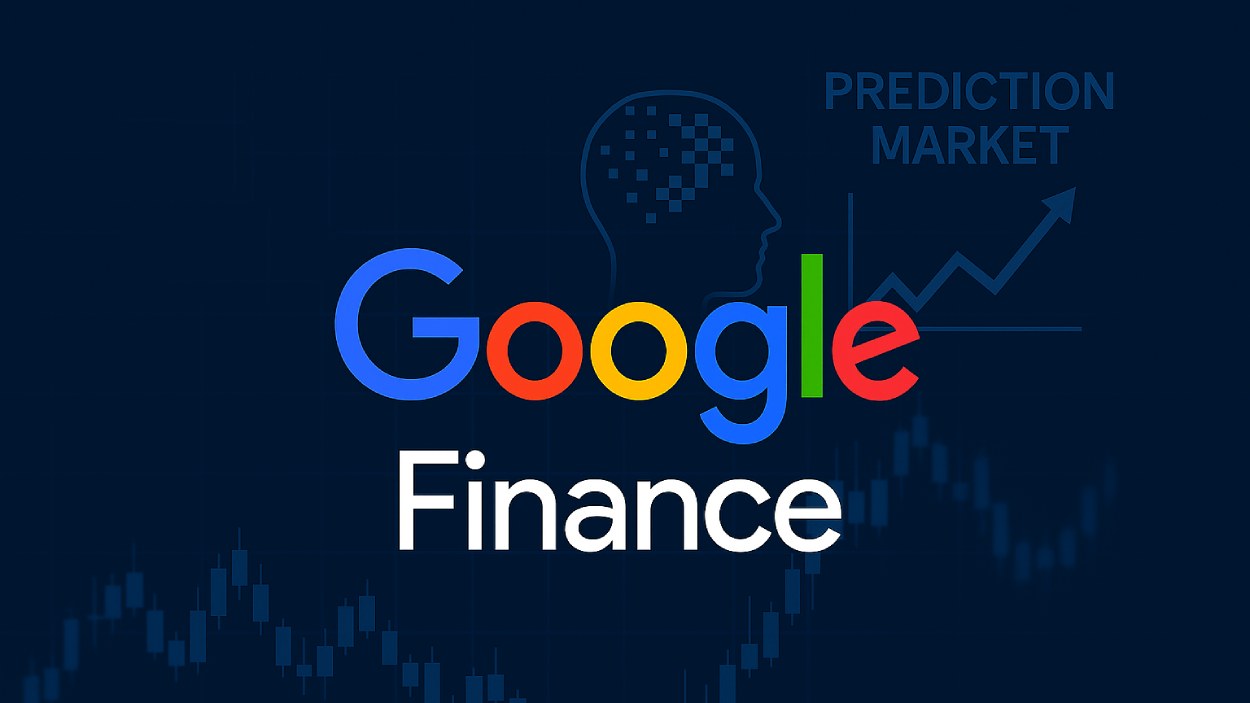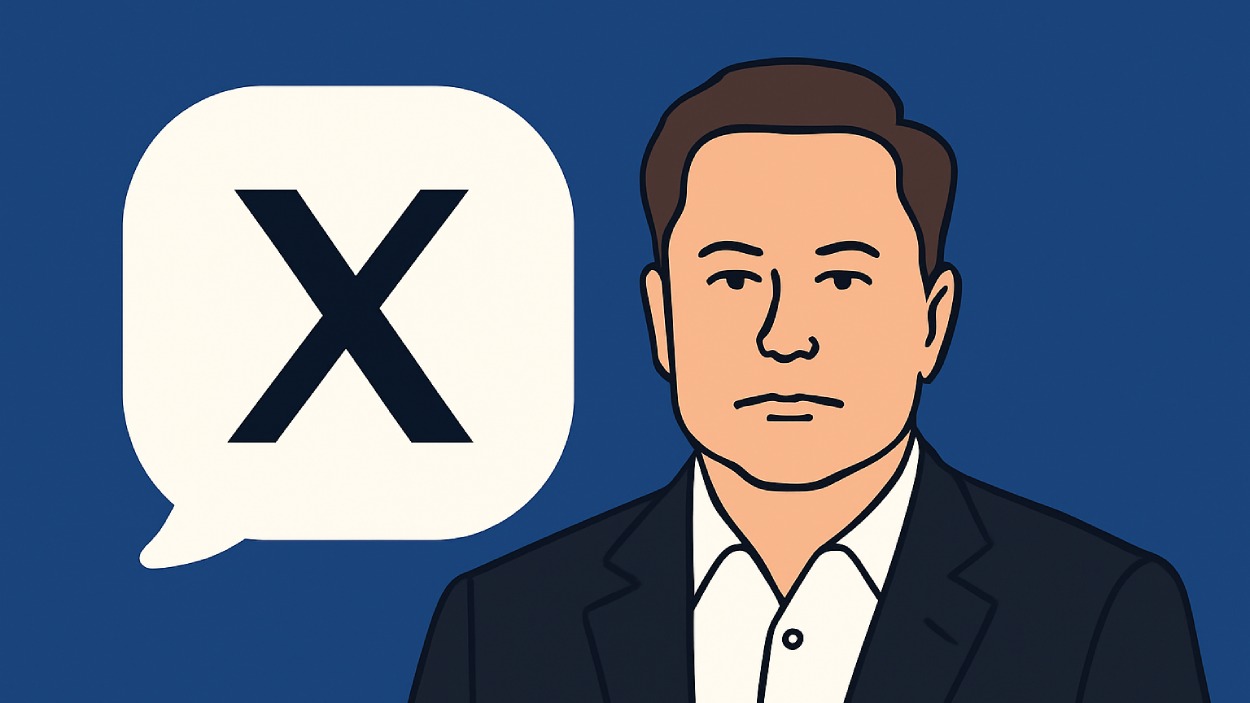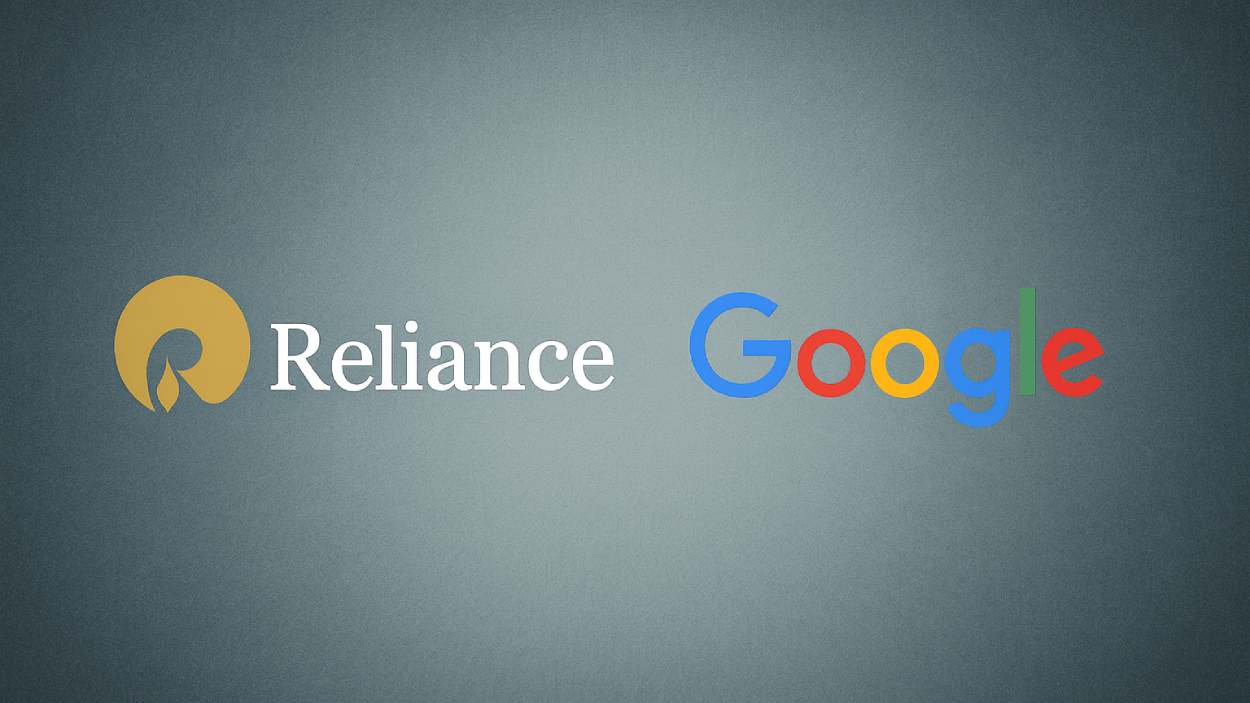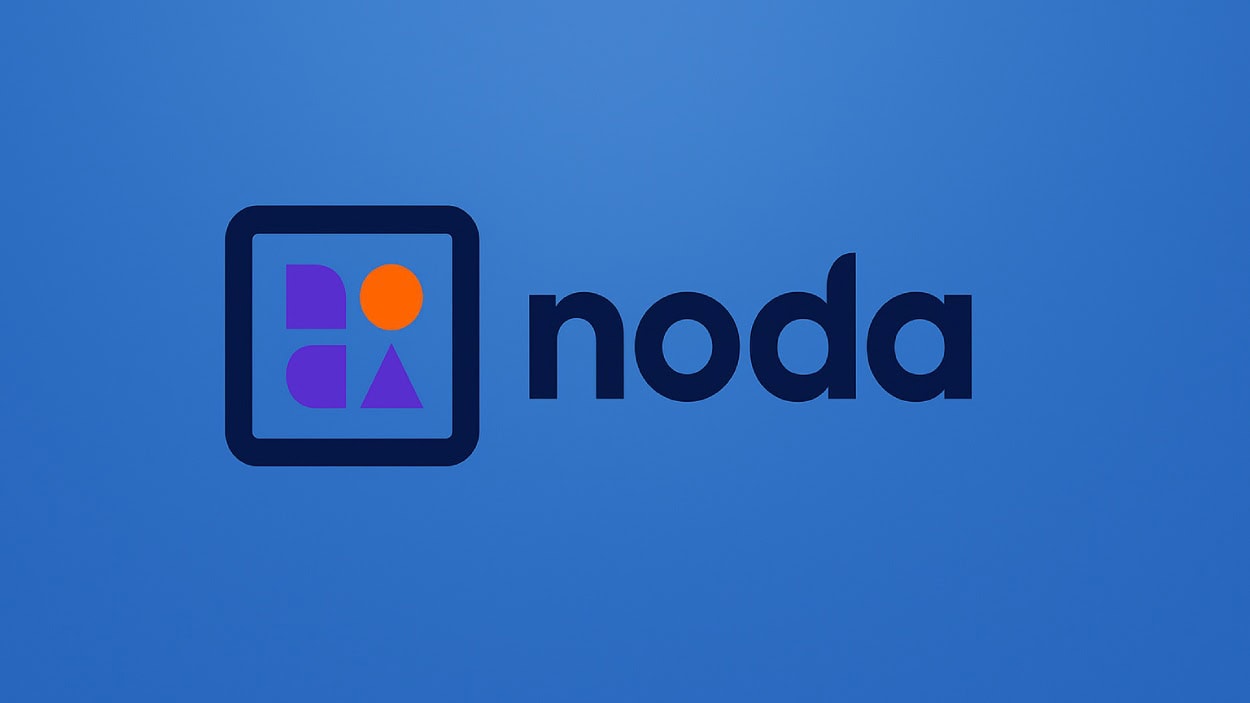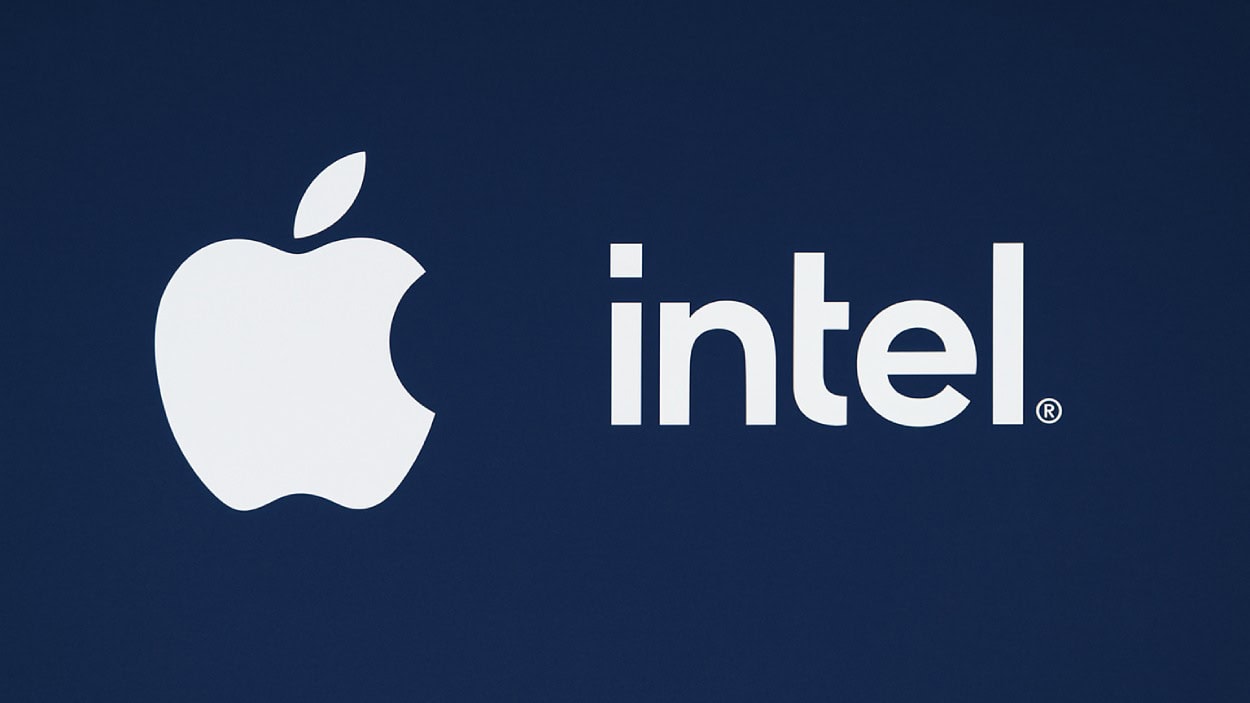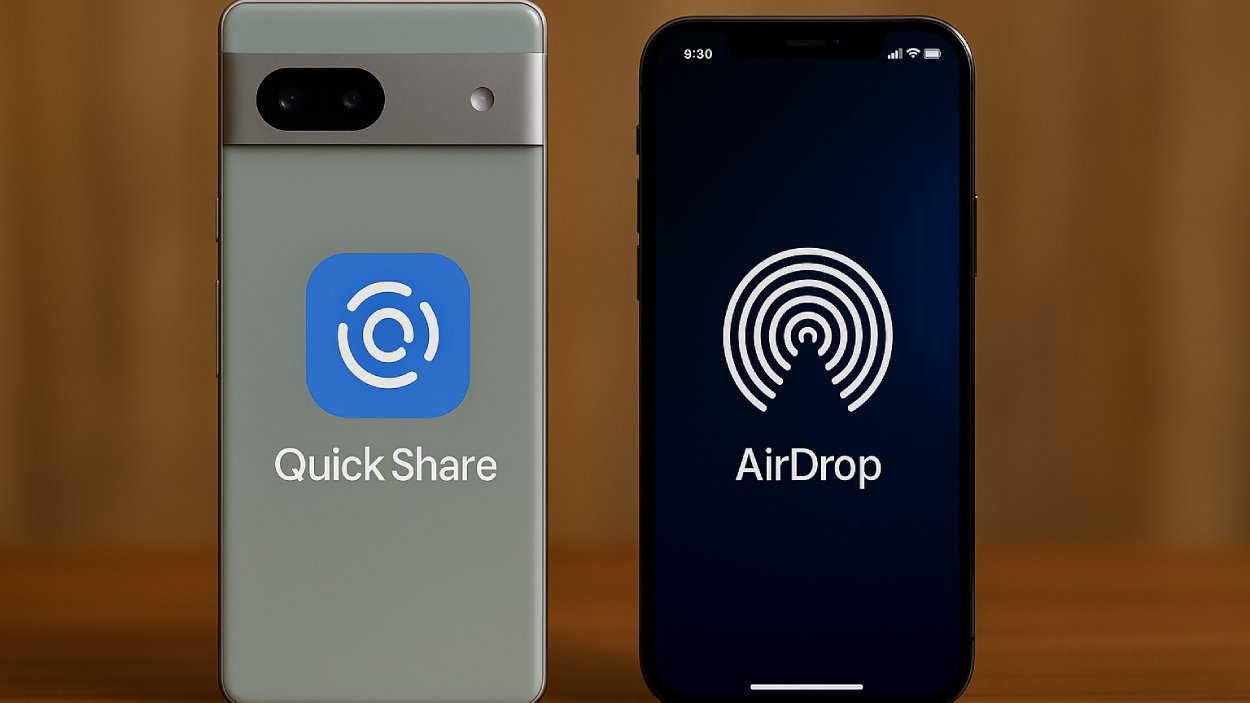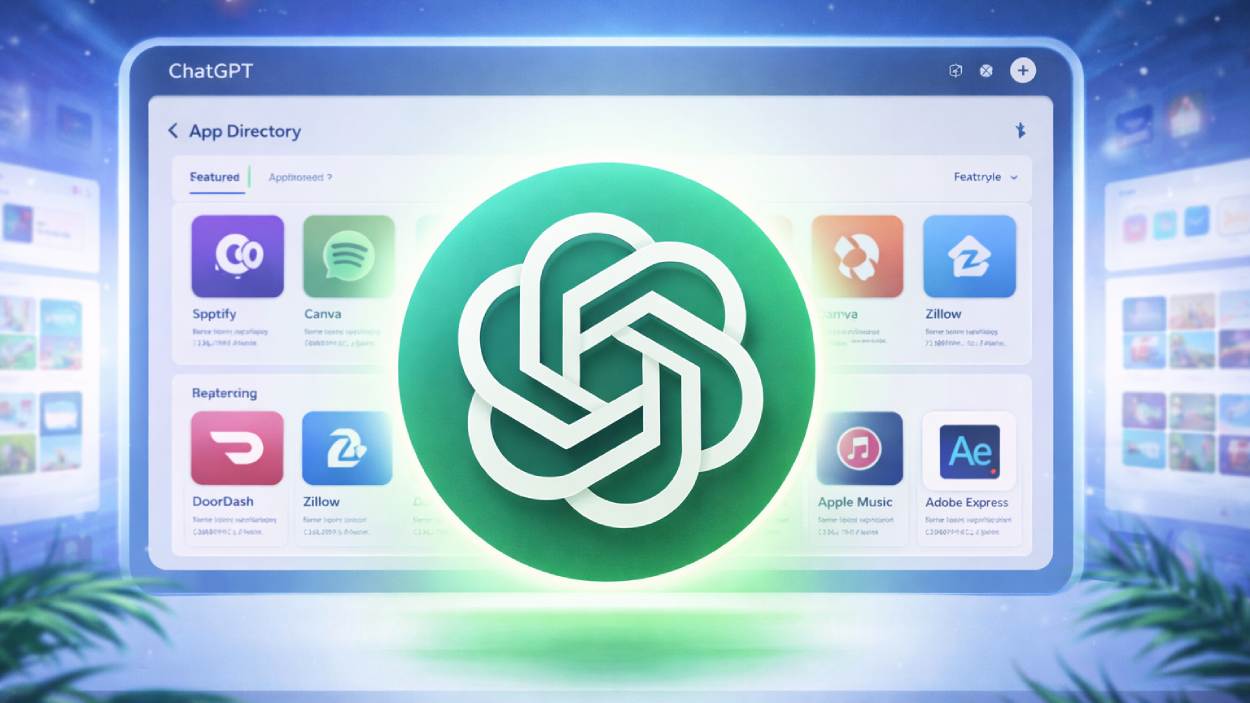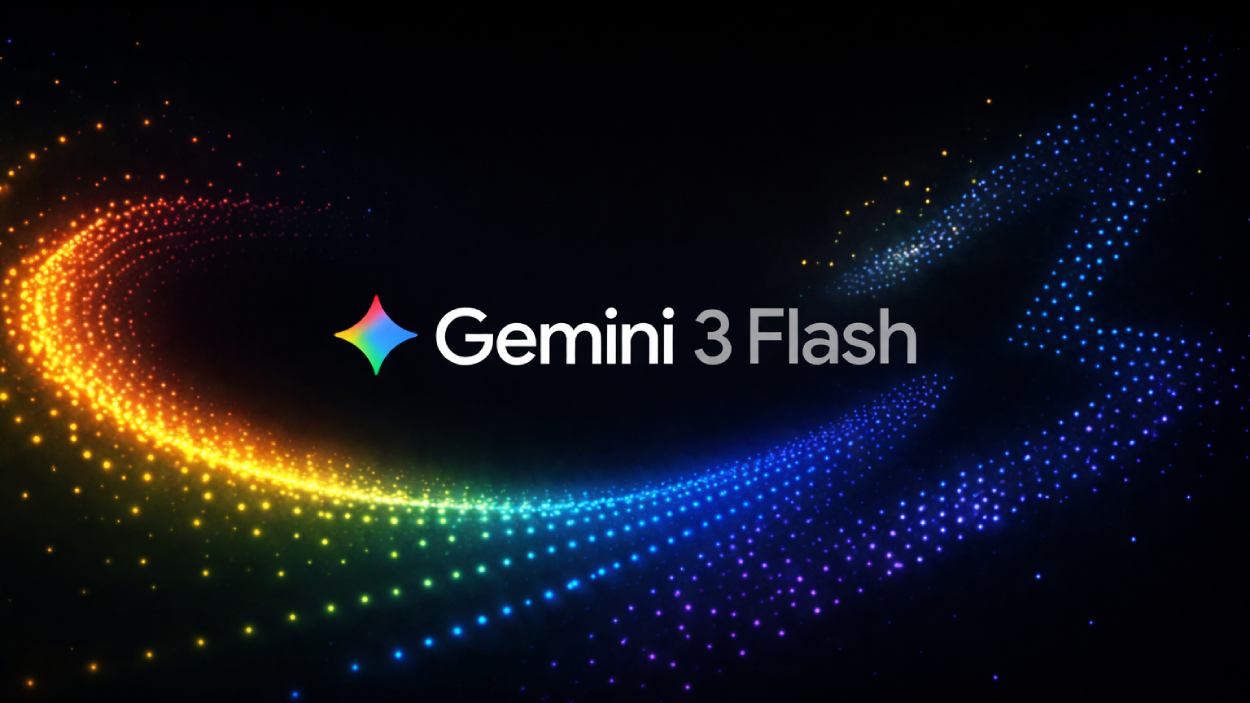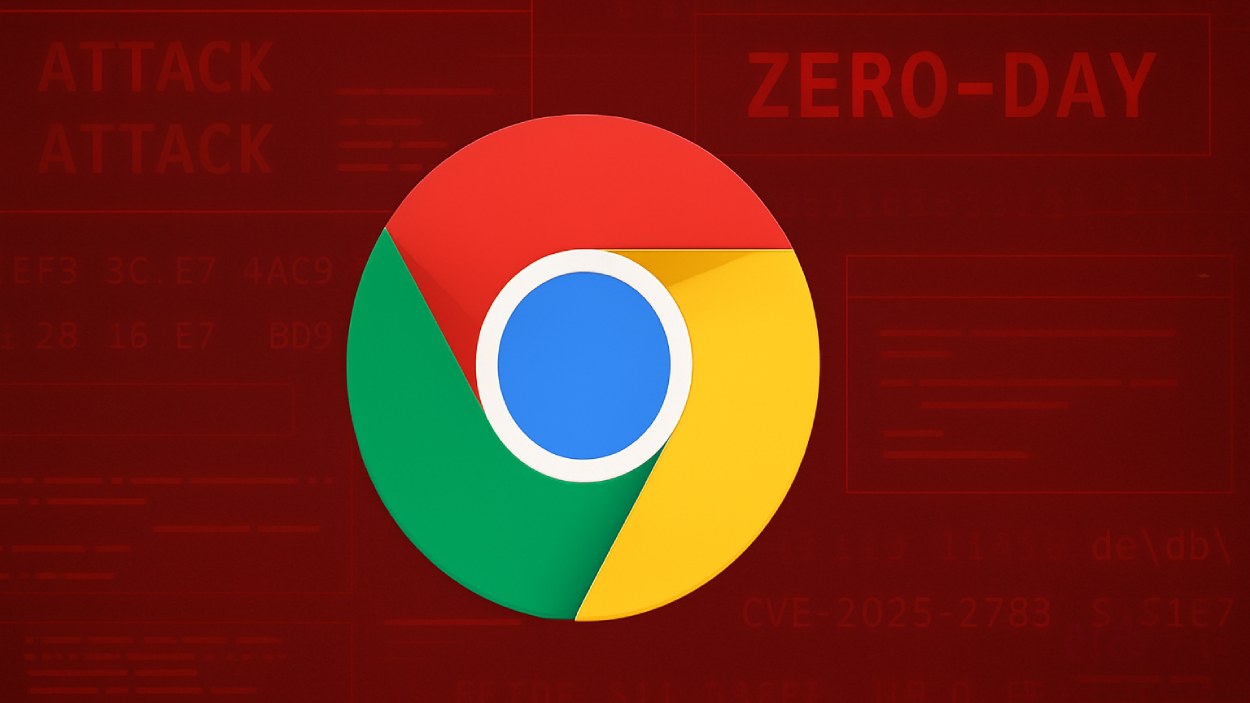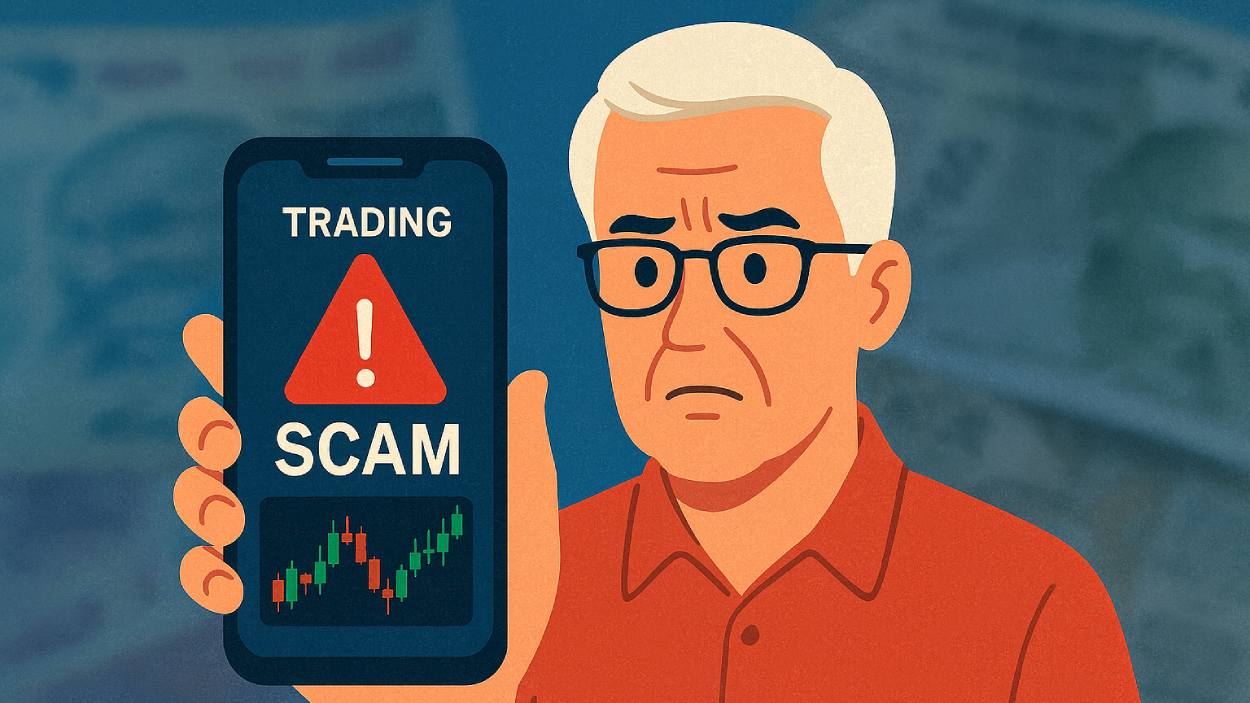In 2025, Gmail surpasses 1.8 billion active users, reaching nearly 22% of the global population, and handles over 121 billion messages per day. This scale powers enterprise workflows and individual communication, from marketing campaigns in startups to daily client correspondence in global firms. These figures highlight its role in both personal and professional realms. Readers seeking a clearer, data-driven understanding can explore the full article for detailed statistics.
Key Takeaways
- 11.8 billion active Gmail users worldwide in 2025, up from ~1.8B in 2024.
- 230.7% global email client market share, ranking Gmail second to Apple Mail.
- 3121 billion emails are sent daily via Gmail, nearly 30% of global email volume.
- 410 billion monthly visits to Gmail as of September 2024.
- 5The average user accesses Gmail ~28 minutes per day.
- 6The average user maintains between 1.7 and 1.9 Gmail accounts, often separating personal and work-related use.
- 7Over 90% of U.S. startups and around 60% of mid‑sized businesses use Gmail as their primary email platform through Google Workspace.
Recent Developments
- Gmail stayed steady at ~1.8 billion users from 2024 into 2025, indicating a user plateau at scale.
- Market share edged upward from ~28.8% in early 2025 to ~30.7% by mid‑2025.
- Daily email load grew with global emails rising from 361.6 billion in 2024 to a projected 376.4 billion in 2025.
- Gmail’s platform visits ticked higher by several percent from 2024 to late 2024.
- Mobile access continues to grow; 75–90% of Gmail users rely heavily on smartphone app access.
- Usage share in the U.S. email market remains high, and U.S. users represent ~75.8% of Gmail’s market share in the U.S..
- Platform tweaks improved image caching and spam filtering accuracy to ~99.9% detection rate.
- Gmail disabled its “basic HTML” version in January 2024, redirecting users to modern interfaces.
Gmail Users by Age Group
- 25 to 34-year-olds make up the largest share of Gmail users at 28.3%, showing strong adoption among young professionals.
- 35 to 44-year-olds account for 19.5% of users, indicating significant mid-career engagement.
- 18 to 24-year-olds represent 18.6% of the user base, reflecting Gmail’s popularity with students and young adults.
- 45 to 54-year-olds hold 15.1%, showing continued use among older working professionals.
- 55 to 64 64-year-olds make up 11.2%, highlighting steady adoption in the pre-retirement age group.
- Over 65-year-olds account for the smallest segment at 7.3%, showing limited but notable senior user engagement.
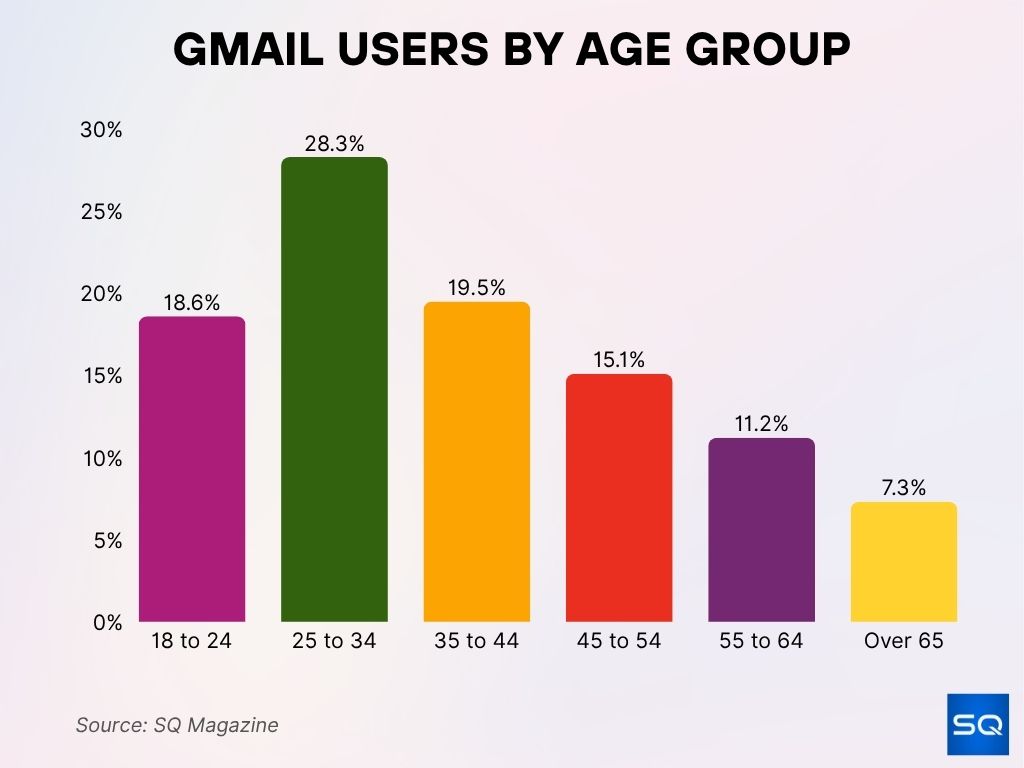
Global Gmail User Base
- 1.8 billion active users in 2025, about 22% of the global population.
- Gmail adoption exceeds 1.7 billion in 2024, showing year‑over‑year consistency.
- Among 4.6 billion total email users projected globally in 2025, Gmail serves nearly 39% of active email accounts.
- Gmail is used by over 82% of internet users in Indonesia and India, the highest penetration rates globally among major markets.
- Chile and South Africa show 67%+ Gmail penetration in national email use.
- U.S. Gmail penetration sits at ~41.9% of citizens using Gmail.
- Additional top markets include Spain, Saudi Arabia, Italy, and New Zealand, with 45–50% usage.
- Gmail supports an interface in 133 languages, reflecting global localization.
Gmail Market Share
- Holds 30.7% of global email client share by mid‑2025.
- Early 2025 figures placed Gmail at ~27.8–28.3% share before rising further.
- Competitor Apple Mail retains the majority share (~51–53%), placing Gmail second.
- Gmail holds between 53% and 76% of the U.S. email client market share, depending on tracking methodology.
- Outlook’s share remains under 10% globally, and Yahoo Mail under 3%.
- Gmail processes ~6× more monthly users than Outlook (1.8 billion vs. ~320 million).
- In U.S. startups and mid‑size firms, Gmail is used by 90% and 60% respectively.
- Email open reporting shows ~26.7% of opens via Gmail among tracked platforms in May 2025.
Gmail Inbox Placement and Read Rates
- Updates have the highest inbox placement rate at 86.8% and a read rate of 28%, showing strong visibility and engagement.
- Social emails lead placement at 87.2% but have a moderate read rate of 22%.
- Promotions achieve an 84.5% inbox placement rate but have the lowest read rate at 19.2%, suggesting low engagement.
- Forums are placed in the inbox 77.8% of the time, with a read rate of 22.4%.
- Primary (No Classification) has the lowest inbox placement rate at 55.5% but still sees a read rate of 22%.

Gmail Growth Over Time
- Grew from 1 billion users in Feb 2016 to 1.8 billion by 2025.
- Steady rise, 425 million (2012), 900 million (2015), 1.2 billion (2017), 1.5 billion (2018).
- Year‑over‑year user count plateaued around 1.8 billion from 2024 to 2025.
- Global email sending grew from 361.6 billion/day in 2024 to a projected 376.4 billion/day in 2025.
- Gmail’s daily traffic visits rose from ~10 billion/month (Sep 2024) to higher levels by mid‑2025.
- Account per user rose slightly, averaging 1.7–1.86 accounts per person.
- Mobile usage share increased, 75% in early 2025 to nearly 90% heavy smartphone access.
Geographic Distribution of Users
- Indonesia leads global Gmail adoption at 82.6% of the population.
- India follows closely at 82.4%.
- Chile (~67.3%) and South Africa (~65.5%) are next in Gmail dominance.
- Brazil ~52.9%, Spain ~50.2%, Saudi Arabia ~47%, Italy ~46.8%.
- In New Zealand, 46.3%, Argentina, 45.8%, Mexico, 42.6%, U.S., 41.9% of users are on Gmail.
- Other nations (Netherlands, Denmark, France, Australia, Canada) show 35–40% penetration.
- Gmail’s support for 133 languages aids adoption across diverse regions.
World’s Most Popular Email Clients
- Apple iPhone leads globally with 28% of all email opens, showing its dominance in mobile email usage.
- Gmail follows closely at 26%, reflecting its massive user base and strong cross-platform presence.
- Outlook and Apple iPad each account for 9% of email opens, showing steady adoption among professionals and tablet users.
- Apple Mail holds 8%, highlighting continued popularity on macOS devices.
- Yahoo! Mail captures 7%, maintaining relevance despite stronger competitors.
- Outlook.com, Google Android, and Samsung Mail each have 2%, showing niche but active usage.
- Thunderbird ranks lowest with 1%, catering mainly to a dedicated, smaller user base.

Business and Enterprise Usage
- Over 6 million businesses worldwide pay for Google Workspace, which includes Gmail as a core service.
- 60% of U.S. mid‑sized companies and 90% of startups rely on Gmail accounts for daily operations.
- U.S. higher‑education institutions roughly 80% use Workspace tools, including Gmail.
- Google Workspace adoption can improve productivity by 20–35%, largely due to real‑time collaboration tools like Gmail, Docs, and Meet.
- Integration across Docs, Sheets, Meet, and Gmail drives coordinated collaboration across distributed teams.
- Workspace’s admin features, custom domains, audit logs, and support are standard for enterprise Gmail deployment.
- Workspace Suite dominates >50% of the productivity software market share globally, underscoring Gmail’s central role.
- Google Workspace powers email for over 6 million paying customers, including many Fortune 500 companies.
- Businesses that adopt Gmail often see 20% faster project completion due to integrated Workspace tools.
Mobile Usage and App Downloads
- 75% to 90% of Gmail users access their inbox via mobile devices, confirming mobile-first usage.
- 55% of all Gmail opens occur exclusively on mobile devices.
- The Gmail app has been downloaded over 10 billion times from Google Play alone.
- The average Gmail session on desktop is about 12 minutes 42 seconds, with mobile usage dominating overall time spent.
- Users open Gmail on mobile devices more than 9 pages per visit on average.
- In 2025, 89.6% of users reportedly access via webmail or mobile Gmail combined.
- Gmail ranks as the top platform for email engagement on mobile, with open rates higher than desktop clients.
- Gmail continues to push updates for mobile, improving features like Smart Compose, push notification reliability, and image caching, all optimized for mobile-first workflows.
Emails Companies Send by Type
- Businesses send an average of 1.47 million emails per month.
- Marketing emails account for 59% of all emails sent, making them the dominant communication type.
- Transaction emails make up 41%, focusing on purchase confirmations, receipts, and account-related updates.
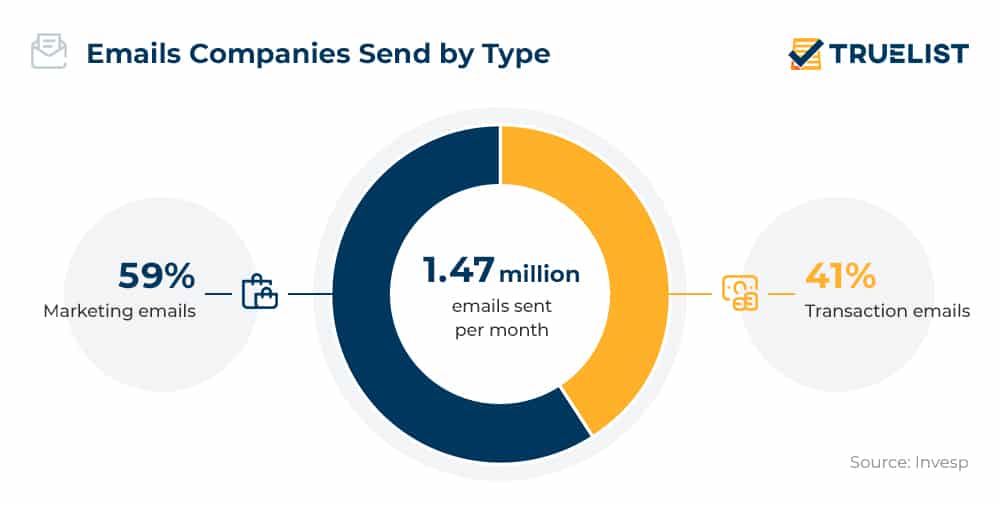
Daily Email Traffic and Volume
- As of 2025, approximately 376.4 billion emails are sent globally each day.
- In 2025, Gmail processes an estimated 121 billion emails daily, representing roughly 30% of the global email traffic.
- In 2024, global daily email volume was 361.6 billion, up from 347 billion in 2023.
- The projected upward trend continues, with estimates suggesting 392 billion daily emails by the end of 2025 in some reports.
- Gmail’s share of inbox traffic continues growing in parallel with rising global totals.
- The average worker receives about 121 emails per day, many of which are processed through Gmail.
- With nearly 4.6 billion email users expected globally in 2025, Gmail supports a significant portion of personal and professional communication.
Average Emails Sent and Received
- The typical Gmail user processes around 120 to 130 emails per day (sent and received), depending on professional usage.
- Workplace data shows employees spend roughly 5 hours/week on emails, equating to about 2,970 working days over a career.
- Professionals report checking Gmail around 12 times per day and navigating 9 pages per session on average.
- Daily frequency emphasizes Gmail as a central communication hub for both personal and work life.
- Email users globally maintain 1.86 accounts on average, many of which are Gmail accounts.
- In the U.S., email adoption remains high; 92% of internet users check email daily, many using Gmail.
Main Challenges Faced by Email Marketers
- Poor coordination across departments and channels is the top challenge, affecting 16.4% of marketers.
- Insufficient staffing limits campaign execution for 14.4% of email teams.
- 14.1% of marketers struggle with the limitations of their current email service provider.
- Bad strategy or leadership hinders progress for 12.8% of professionals.
- 12.2% face issues with data quality and integration, impacting segmentation and targeting.
- Inadequate tools for email creation slow down 11.8% of marketers.
- Poorly defined KPIs and channel goals affect 10.1%, reducing clarity and focus.
- Low visibility into email performance challenges 8.1%, making optimization difficult.
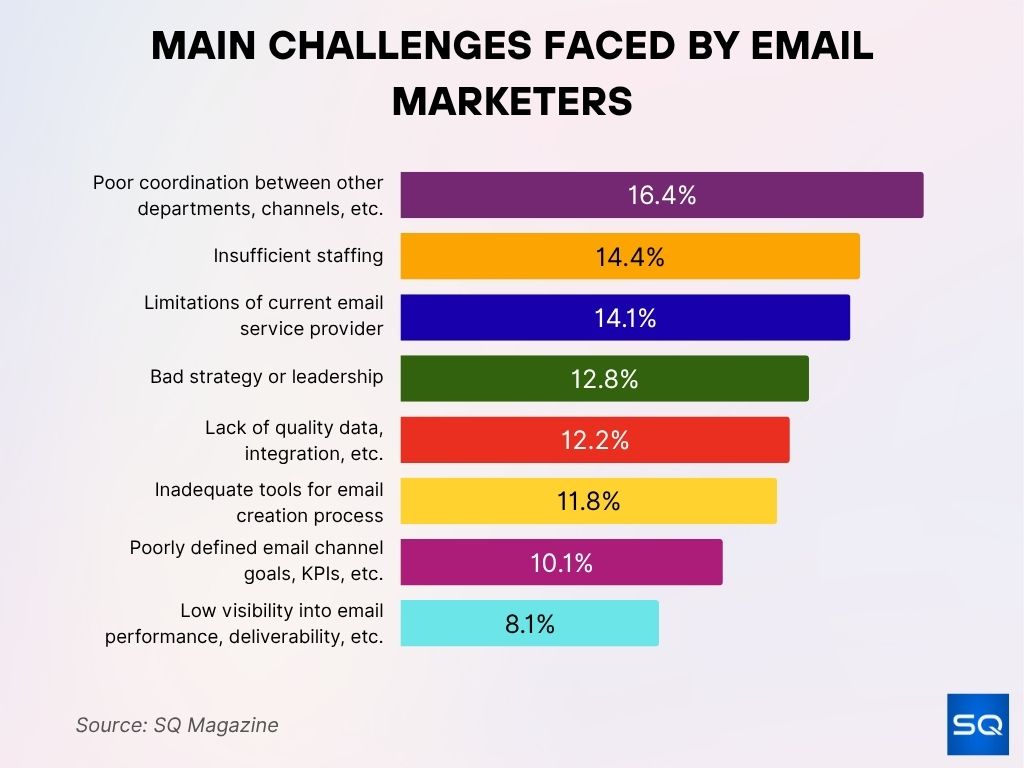
Email Categories and Filters
- Gmail categorizes incoming mail into tabs like Primary, Promotions, Social, and Updates, reducing clutter.
- On average, about 68% of incoming messages in Gmail land in the Promotions tab.
- Gmail’s spam filter reaches 99.9% accuracy, blocking nearly all threats while allowing safe mail through.
- Its filtering tools allow users to auto-archive, label, or forward emails based on keywords.
- Smart Compose and Smart Reply use machine learning to suggest responses and subject lines.
- Users report spending less time manually sorting emails due to effective category filters.
- Gmail’s priority inbox algorithm learns over time, placing frequent contacts or keywords front and center.
Storage and Attachment Statistics
- Gmail offers 15 GB of free storage, shared across Drive and Photos. Paid users can upgrade with Google One.
- Maximum attachment sizes: send up to 25 MB, receive up to 50 MB, or use Drive integration for larger files.
- Workspace business users can opt for 30 GB to unlimited Drive storage based on the plan.
- The average Gmail inbox size is projected to grow from 8.7 GB in 2025 to 14.3 GB by 2030.
- Storage costs are expected to rise from $0.14/user‑month in 2025 to ~$0.22 by 2030.
- Rich media attachments, AI-generated content, and increased automation are driving storage demands upward.
- Gmail’s Drive integration means users rarely reach Spam/Trash storage caps, making cloud sync critical.
First Digital Check of the Day
- Email dominates morning habits, with 58% of users checking it first each day.
- Search engines come next at 20%, showing users often seek information early.
- Social media is the first destination for 14%, indicating its role in daily routines.
- News websites are prioritized by 5%, reflecting niche morning consumption.
- The company intranet is the first check for only 3%, mainly among professionals.
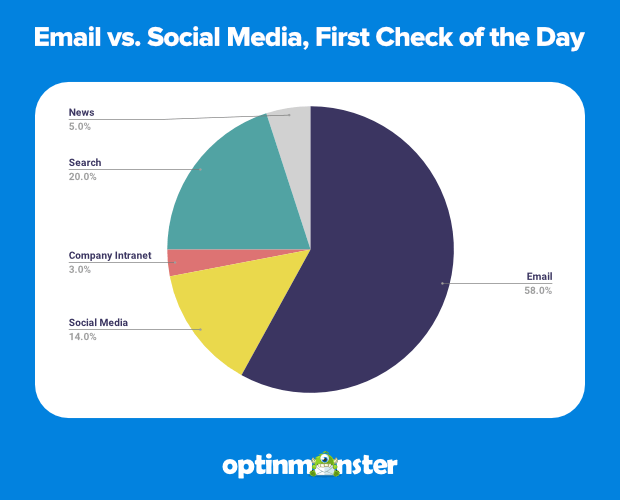
Security and Spam Protection Statistics
- Gmail’s spam filter achieves 99.9% detection accuracy while minimizing false positives.
- Gmail enforces transport layer encryption (TLS) by default between Google and external servers.
- Optional two‑step verification and 2SV keys strengthen account protection.
- AI‑powered phishing detection has cut malicious link clicks by a significant margin in 2025.
- Enterprise plans include S/MIME encryption, advanced audit tools, and compliance tracking.
- Google Workspace uptime SLA remains at 99.9%, keeping business email continuity high.
- User reports show fewer inbox complaints and faster resolution around malware thanks to Gmail’s layered defenses.
Gmail Engagement Metrics (Open Rates, Response Times)
- Gmail’s open rate hovers near 75%, significantly above the industry average (~20%).
- Promotional email open rate averages 19.2%, with 22% read within the first hour.
- Click‑through rate (CTR) for Gmail campaigns averages 3%, outperforming social media benchmarks (~1.2%).
- Email campaigns often deliver between $36 and $42 for every $1 spent, with Gmail users representing a substantial portion of high-engagement opens.
- A/B testing improves campaign success rates by about 28% on Gmail-based sends.
- Inbox features like Priority Inbox and reply suggestions help reduce response times.
Email Benchmarks by Industry
- Education leads with an impressive 28.5% benchmark, showing high engagement rates in academic communications.
- Agriculture, Forestry, Fishing, Hunting follows at 27.3%, indicating strong open and response rates.
- Financial Services achieves 27.1%, reflecting trust and interest in financial content.
- Media, Entertainment, Publishing records 23.9%, benefiting from audience interest in timely updates.
- Healthcare Services sees 23.7%, driven by important health-related messaging.
- Logistics & Wholesale maintains 23.4%, showing effective communication within supply chains.
- IT/Tech/Software posts 22.7%, reflecting demand for industry updates and product news.
- Real Estate, Design, Construction records 21.7%, aligning with property and design interest cycles.
- Advertising & Marketing achieves 20.5%, slightly below the industry average.
- Travel, Hospitality, Leisure stands at 20.2%, showing resilience in a competitive sector.
- Consumer Packaged Goods reaches 20%, reflecting brand loyalty engagement.
- Government & Politics posts 19.4%, showing moderate citizen engagement.
- Professional Services follows closely at 19.3%.
- Wellness & Fitness records 19.2%, reflecting niche audience interest.
- Restaurant, Food & Beverage ranks last at 18.5%, showing room for improvement in engagement strategies.
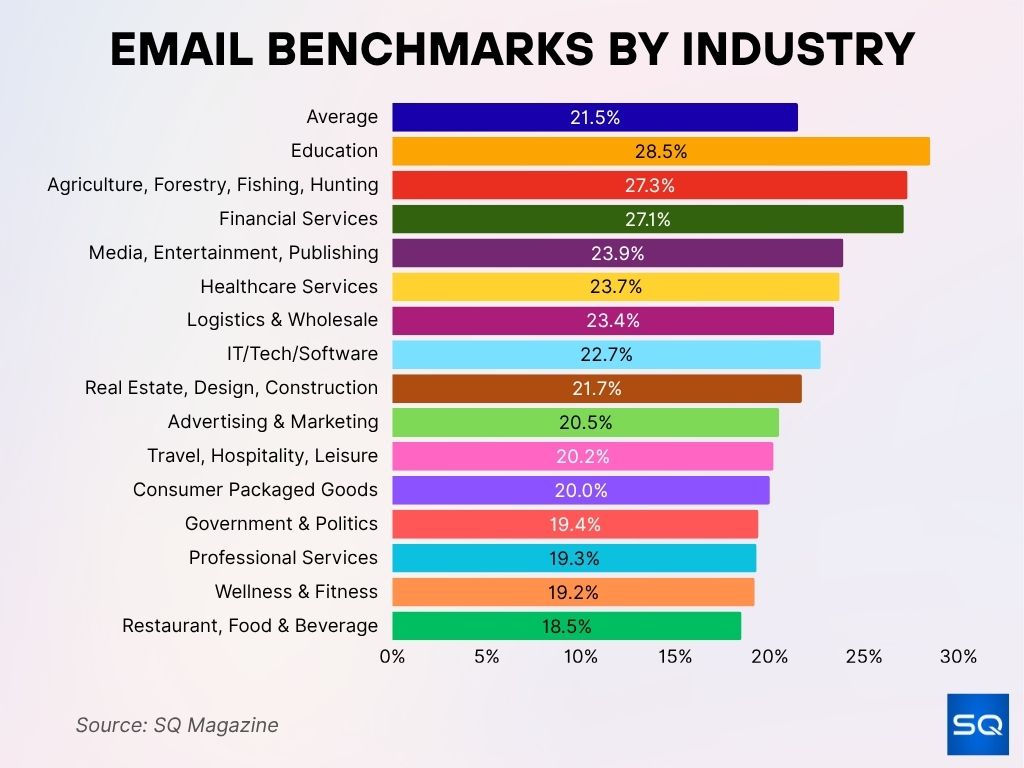
Productivity and User Behavior Patterns
- The average Gmail user spends approximately 25–30 minutes per day on the platform, making it one of the most actively used productivity apps globally.
- On average, each user maintains 1.86 email accounts, enhancing work‑life separation.
- Gmail Smart Compose helps save around 2–3 minutes per draft message, widely adopted in mobile workflows.
- Smart Reply features generate 10% of all mobile replies automatically.
- Settings like Priority Inbox and nudges boost timely responses by ~15% among frequent users.
- Features like snooze, pin, label, and archive improve inbox processing efficiency by 30–40%.
- Smart Compose and Smart Reply usage grows fastest among users aged 25–34, the largest demographic bracket.
- Users navigating multiple folders (Primary, Social, Promotions) check their inbox 10+ times daily on average.
- Businesses report a 20% faster email resolution rate when teams standardize Gmail workflows.
- Over 35% of users rely heavily on Gmail’s search-as-you-type function for message retrieval.
Gmail vs. Other Email Providers
- In May 2025, Gmail held 26.72% of email client opens while Apple Mail led at 51.52%.
- Gmail holds a 30.70% share globally, second to Apple Mail at 53.67%.
- Outlook accounted for ~4.38%, Yahoo at 2.64%, and other clients each under 2% globally.
- Gmail leads the market with 39.39% share in overall email‑management tools, while ProtonMail only captured 0.28%.
- Combined, Apple and Gmail represent 84–90% of the global client market share, dominating industry usage.
- Gmail’s strength lies in cross-platform reach via web, Android, and iOS; Apple Mail is limited to the Apple ecosystem.
- Gmail consistently scores higher on engagement and open rates relative to Outlook and Yahoo.
- Enterprise adoption heavily favors Gmail via Workspace, and Outlook is often organization-bound via Microsoft 365.
Revenue and Financial Performance
- Email marketing delivers an average 36:1 to 42:1 ROI, with Gmail contributing heavily to campaign performance.
- Global spending on email marketing is expected to reach $11.3 billion in 2025, doubling from prior years.
- Projected growth in email-driven revenue is estimated to hit $21.8 billion by 2030.
- Firms report 760% higher revenue from segmented campaigns, often sent via Gmail-based tools.
- Personalized emails see 6× conversion rates versus non‐personalized outreach.
- Bounce rates in 2025 average 2.48%, impacting deliverability and campaign ROI.
- Maintaining high deliverability improves ROI by 15% or more.
- Gmail integration across Google Ads, Analytics, and Workspace reinforces its value in the marketing tech stack.
Trends in Inbox Management
- Gmail rolled out a “Manage subscriptions” tool in mid‑2025 to help users review and unsubscribe from long‑standing mailing lists.
- Users typically receive 80+ emails daily, with nearly 49% classified as spam, prompting decluttering tools.
- Subscription tool shows frequency metrics per sender and allows mass unsubscribe or block actions.
- Inbox categories (Primary, Social, Promotions) continue to streamline sorting and improve user experience.
- AI-powered smart suggestions help users clean up inboxes faster, with reported 30% less manual filtering.
- Daily global spam volume at ~162 billion, nearly half of all inbound mail.
- Gmail’s consistent spam detection (~99.9%) reduces clutter, and features like send-time suggestions further assist management.
Gmail for Marketing and Campaigns
- 60% of consumers report making a purchase based on a promotional email they received.
- Gmail handles over 120–131 billion campaign-related opens daily as market share expands toward ~35%.
- Mobile open rate in 2025 averages 78%, making Gmail’s mobile optimization critical for campaign success.
- Campaign metrics, open rate ~32.55%, average ROI $36 per dollar spent.
- Subject line boosts, words like “Urgent” (+22% opens) or “Video” (+19%) improve engagement on Gmail sends.
- Segmented and personalized campaigns produce 760% higher revenues than non-segmented ones.
- A/B testing via Gmail-based tools lifts campaign performance by 28% on average.
- Shoppable ad units being tested inside the Promotions tab point to new campaign models for brands.
- Gmail’s integration with Google Shopping and Demand Gen means campaigns can now embed product galleries directly in email UX.
Key Features Influencing Usage
- Smart Compose and Smart Reply, powered by AI, reduce typing time and improve response speed.
- Priority Inbox algorithms prioritize messages based on user behavior, boosting engagement efficiency.
- Side Panel Assistant, introduced in mid‑2024, summarizes threads, suggests actions via Gemini AI.
- Manage subscriptions feature, launched in 2025, significantly improves inbox hygiene and user control.
- Gmail’s consistent 99.9% spam detection rate ensures cleanliness and trust.
- Native encryption updates simplify secure communication for enterprise users.
- Google Workspace’s admin tools and API integrations drive Gmail adoption in organizations.
- Ongoing enhancements to mobile performance and caching further strengthen mobile-first usage.
Future Projections and Trends
- Global daily emails are projected to rise from 376 billion in 2025 to 408 billion by 2027.
- If Gmail’s share increases to 35%, it will process up to 131 billion emails daily by late 2025.
- The email user base is expected to grow from 4.6 billion (2025) to 4.8 billion by 2027.
- AI-driven features (summaries, automation, assistants) will further reduce inbox time and help scale workflows.
- Shoppable ad units in Promotions could expand Gmail’s role in ecommerce directly from users’ inboxes.
- Deliverability innovations like BIMI and default encryption improve trust and sender reputation.
- Personalized, segmented email strategies are forecast to deliver exponentially stronger campaign performance in the coming years.
Conclusion
Gmail remains a dominant force in email, powering over 1.8 billion users and handling up to 131 billion emails daily at projected growth levels. With AI assistants, improved inbox-cleanup tools, and new marketing features like in‑inbox shopping, Gmail is evolving from a mailbox into a smart communication platform. Mobile usage, enterprise adoption, and campaign efficiency remain key drivers. For marketers, IT teams, and individual users alike, Gmail continues to shape how we send, receive, and manage email.

